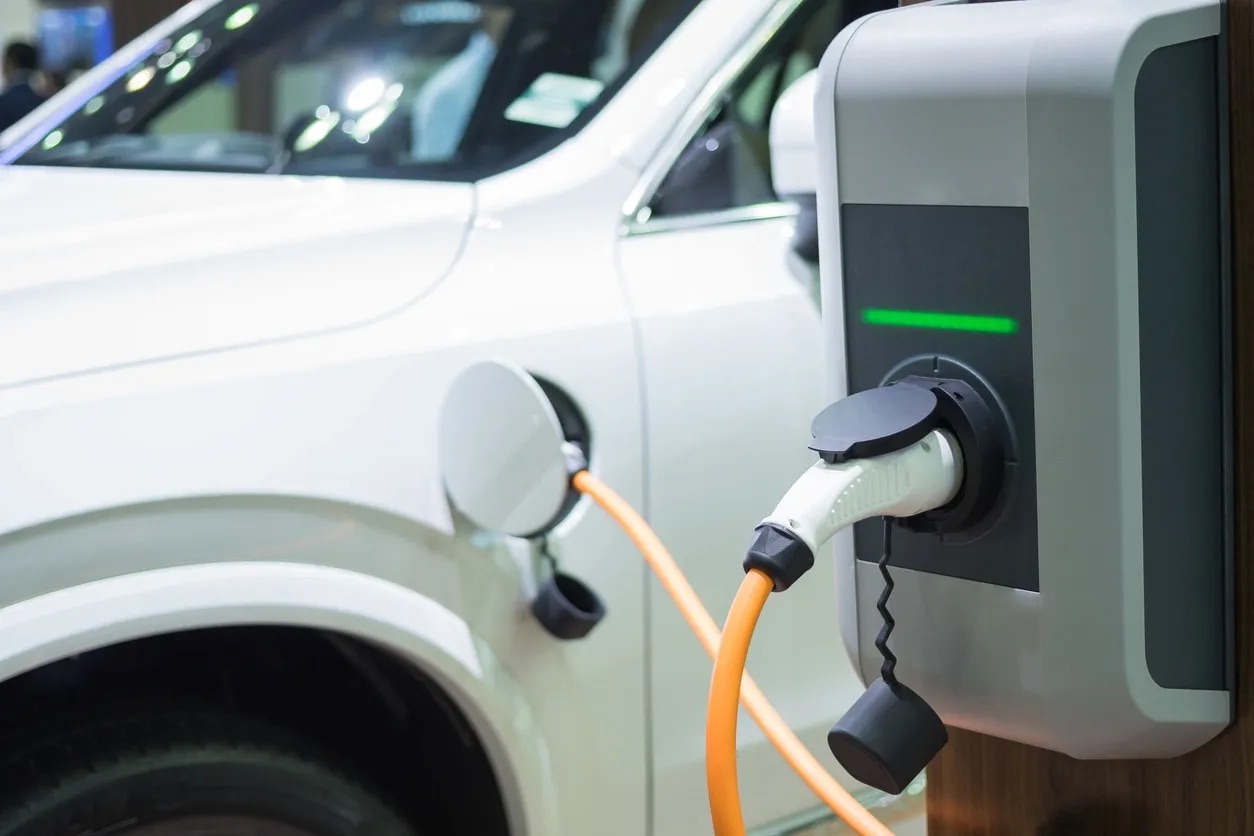
The Inflation Reduction Act (IRA) passed on August 16, 2022 added numerous tax incentives for making investments in “clean energy”. I plan to write about various topics of interest over the next few weeks. I will start with the revised §30D clean vehicle credit.
This credit existed prior to the IRA and could be the same maximum of $7,500. The credit phased out as the model of EV reached various sales thresholds. For vehicles acquired between August 16, 2022 and December 31, 2022 the old rules apply with one change, which requires that final assembly of the vehicle occur in North America.
Note that this is a nonrefundable tax credit so you must have generated a tax liability of $7,500 to use the full credit. Tax liability is the amount of tax you pay on your income, not what you owe with the tax return. (This is why we don’t measure success or failure with taxes based on refund or payment size, it’s all a function of what tax is due on your income versus what you’ve paid in).
For taxpayers above the income thresholds necessary to qualify for the new credit in 2023 (see below), now would be the time to move forward on an electric vehicle (EV) to get under contract before year end. A list of EVs that would qualify can be found here. That said, it seems unlikely that anyone could get a new vehicle purchased between now and year-end.
Onto the new credit, which remains the same maximum of $7,500. There are no longer sales phase outs after 2022. To qualify, there are income limits to note. For joint filers, the adjusted gross income limit is $300,000. For heads of household, $225,000 and for all other filing statuses, it is $150,000. Adjusted gross income is generally income before the standard or itemized deductions.
To apply the limit, the taxpayer can use the LESSER of current year AGI or prior year AGI.
For married taxpayers with one income producer, there could be a rush to want to file separately so the low- or no-income spouse can get a tax credit. In states without community property laws, this could be a viable option. In Washington, where community property law exists, divvying up income is not as simple as looking at the name on a W-2. If that W-2 income goes into a community account, half of it goes to both spouses, which could doom that great idea to get this tax credit.
A second dollar limit to be aware of, although the EV makers will be keen to this as well, is the MSRP limitations. For vans, SUVs, and pickup trucks, the MSRP cannot exceed $80,000. For all other vehicles, the limit is $55,000. This limit does not apply until 2023, so if you make more than the income thresholds above and want an even more expensive EV, strike now!
Now let’s talk about the new requirements for the vehicle to qualify for the credit:
· The original use of the vehicle must begin with the taxpayer receiving the credit,
· The EV must be acquired for use or lease by the taxpayer and not for resale
· Made by a qualified manufacturer who provides VIN to the IRS per mutual agreement,
· Treated as a motor vehicle for Title II of the Clean Air Act,
· Has gross vehicle weight (GVW) rating of less than 14,000 lbs.,
· Propelled by an electric motor the draws electricity from a battery with capacity of “not less than 7 KW hours” and is capable of being recharged from an external source of electricity,
· Final assembly occurs in North America, and
· The seller provides an informational statement to the taxpayer and the IRS
These rules apply to both the old and new version of this credit:
· The basis in the vehicle acquired is reduced by the amount of credit (this makes sense, if you buy something for $100 and get a rebate of $10, you really paid $90 for it and that is your cost basis in the property).
· The vehicle must be predominantly used in the U.S. and the IRS can recapture the credit for a vehicle that ceases to be eligible
For the new credit only, only one of these credits is allowed per VIN and that VIN must be disclosed on the tax return claiming the credit.
After 2023, taxpayers can elect to transfer their credit and treat it as a payment to the dealer. This election must be made on or before the purchase date of the vehicle. If a taxpayer making this election ultimately does not qualify for the credit when filing their tax return, their total tax will be increased by the transferred credit. The good part of this provision is that taxpayers who do not generate $7,500 of income tax can still obtain the full $7,500 savings. They will not be penalized for generating less tax, while taxpayers hoping to pull a fast one on the dealer will be very disappointed when that April 15 tax bill becomes due.
Per usual, nothing is simple with taxes, if considering an EV purchase, I would recommend discussing with me whether you will qualify for this credit before rushing out in 2023 to buy one of these vehicles in hopes of getting a $7,500 “discount”.
In a later post, I will write about the brand-new $4,000 tax credit for used EVs that begins applying in 2023. Prior to the IRA’s passage, only new EVs qualified for a tax credit.